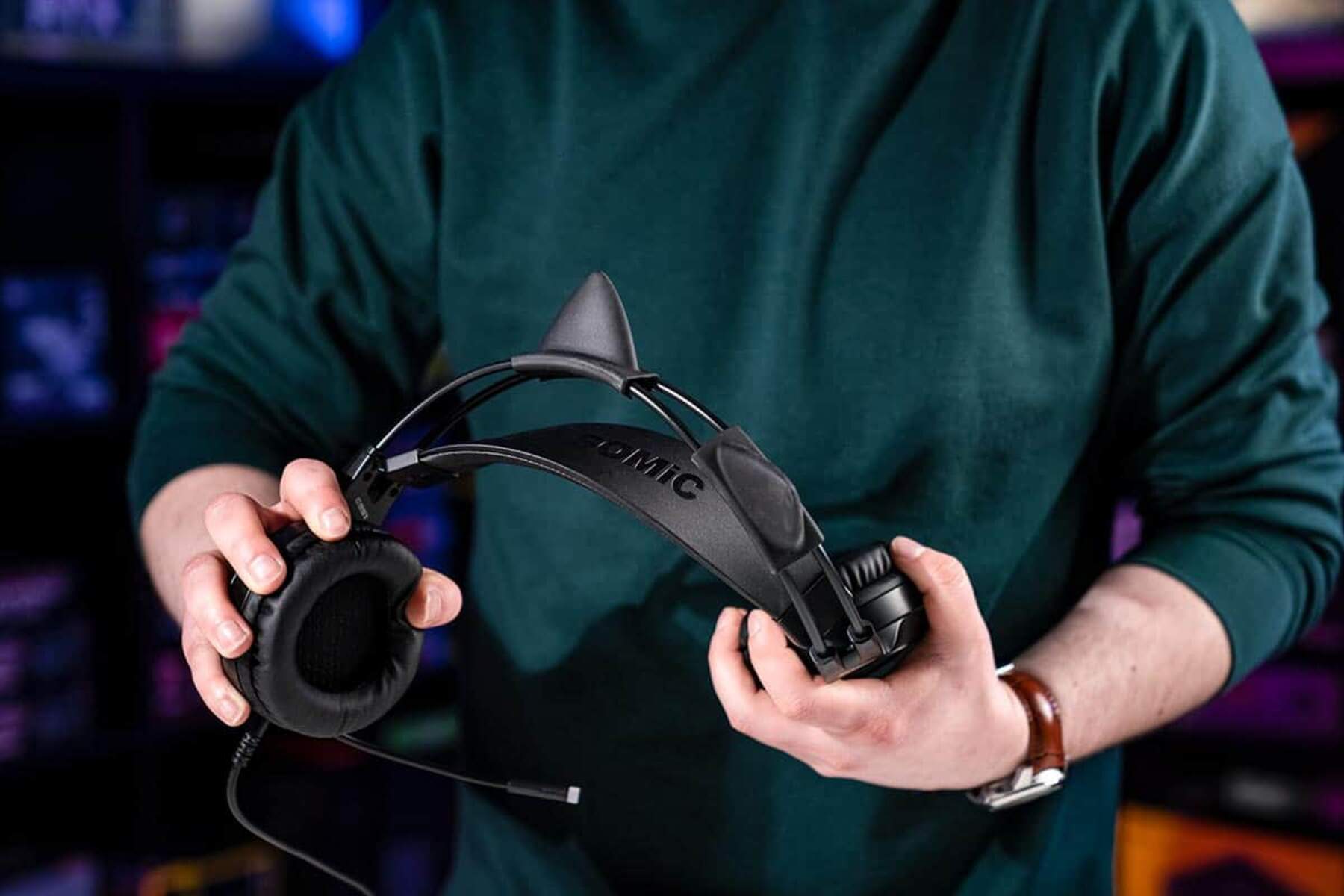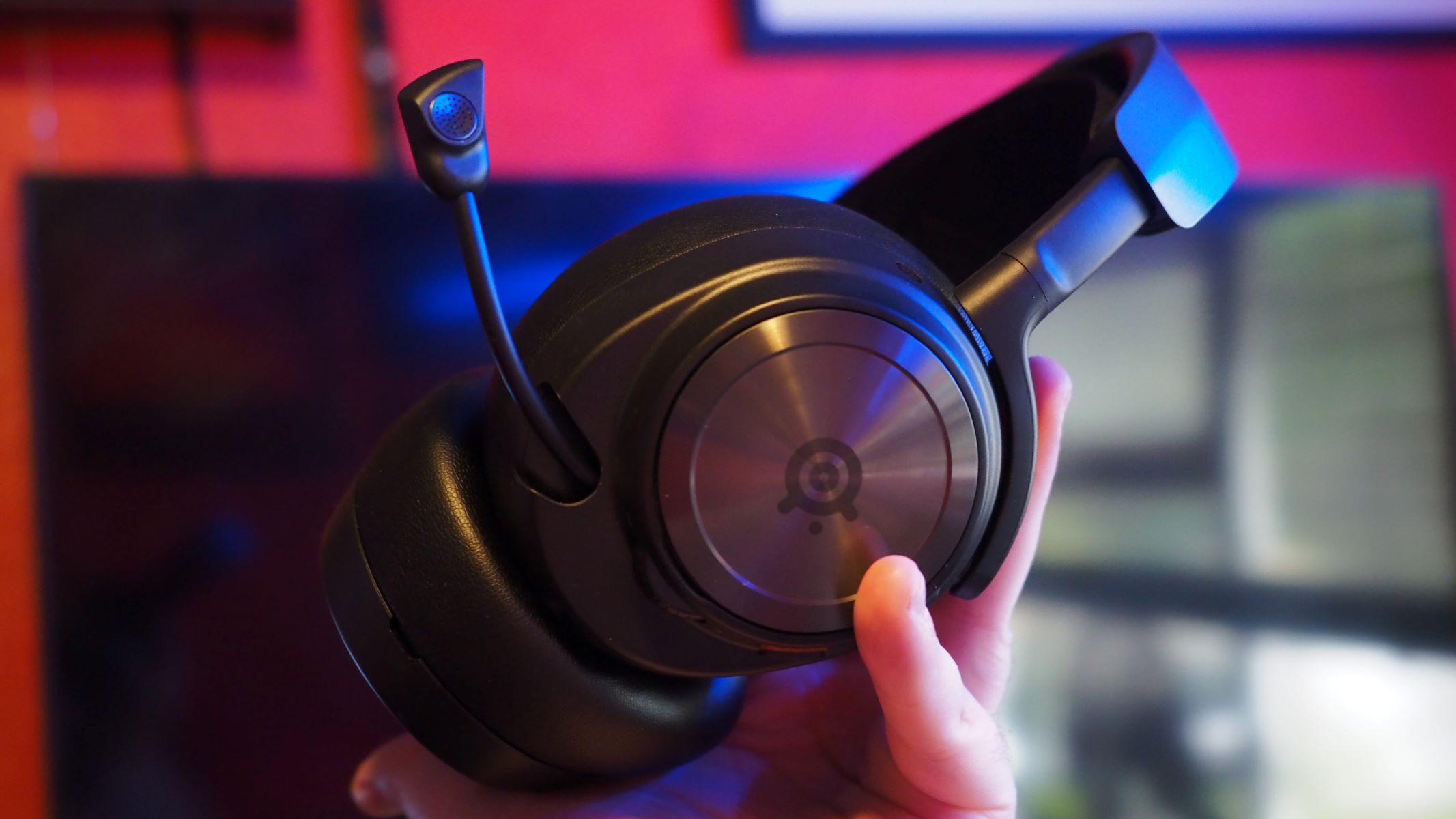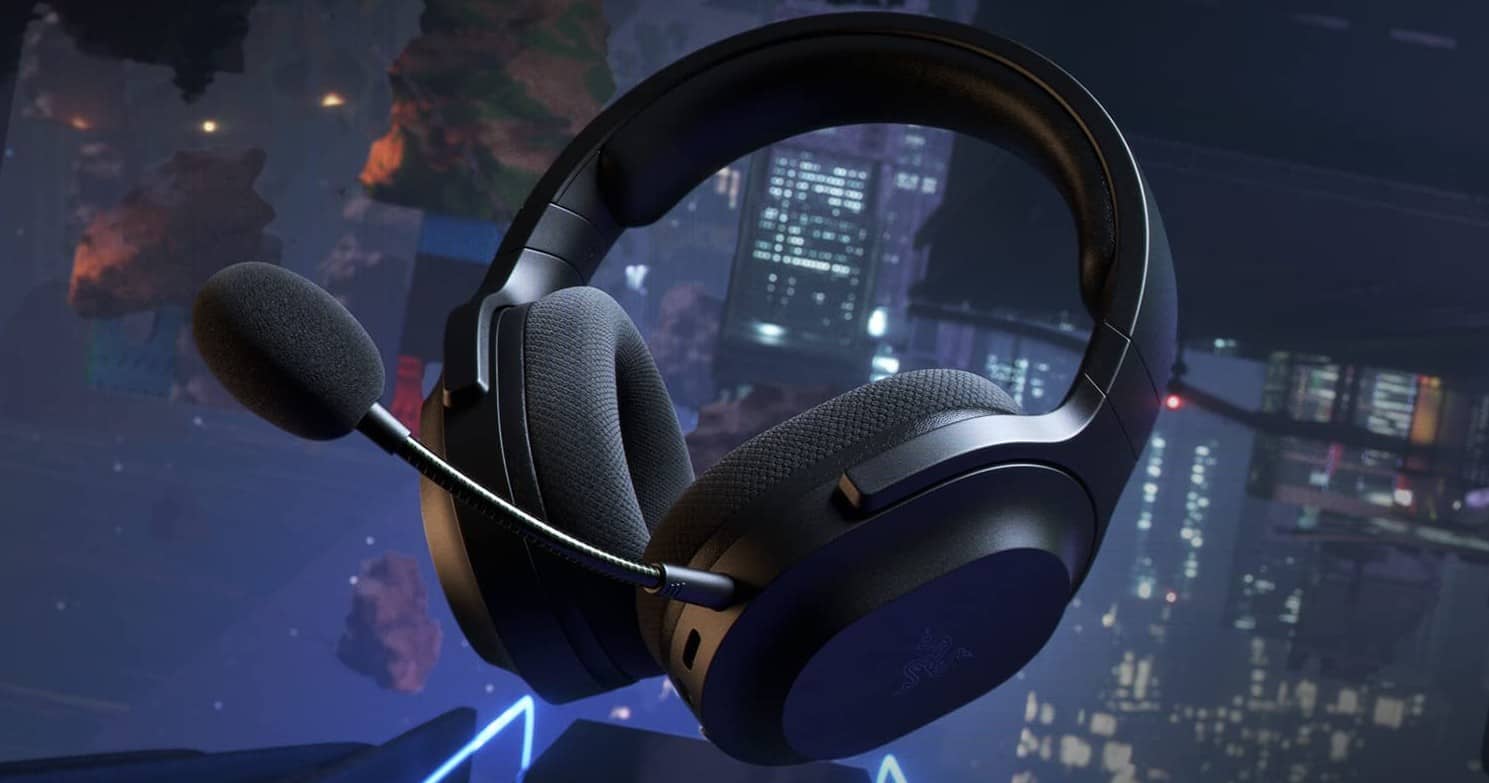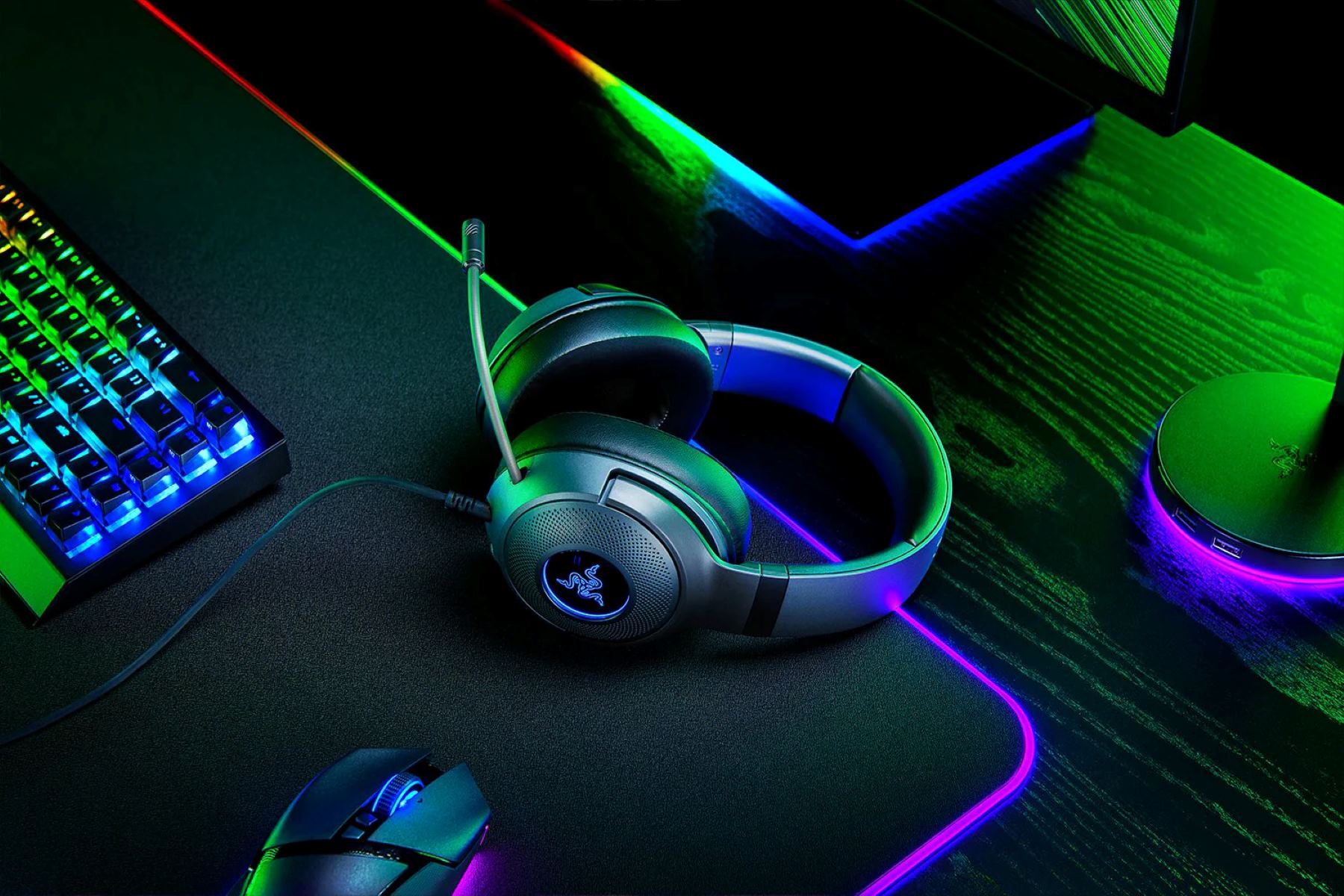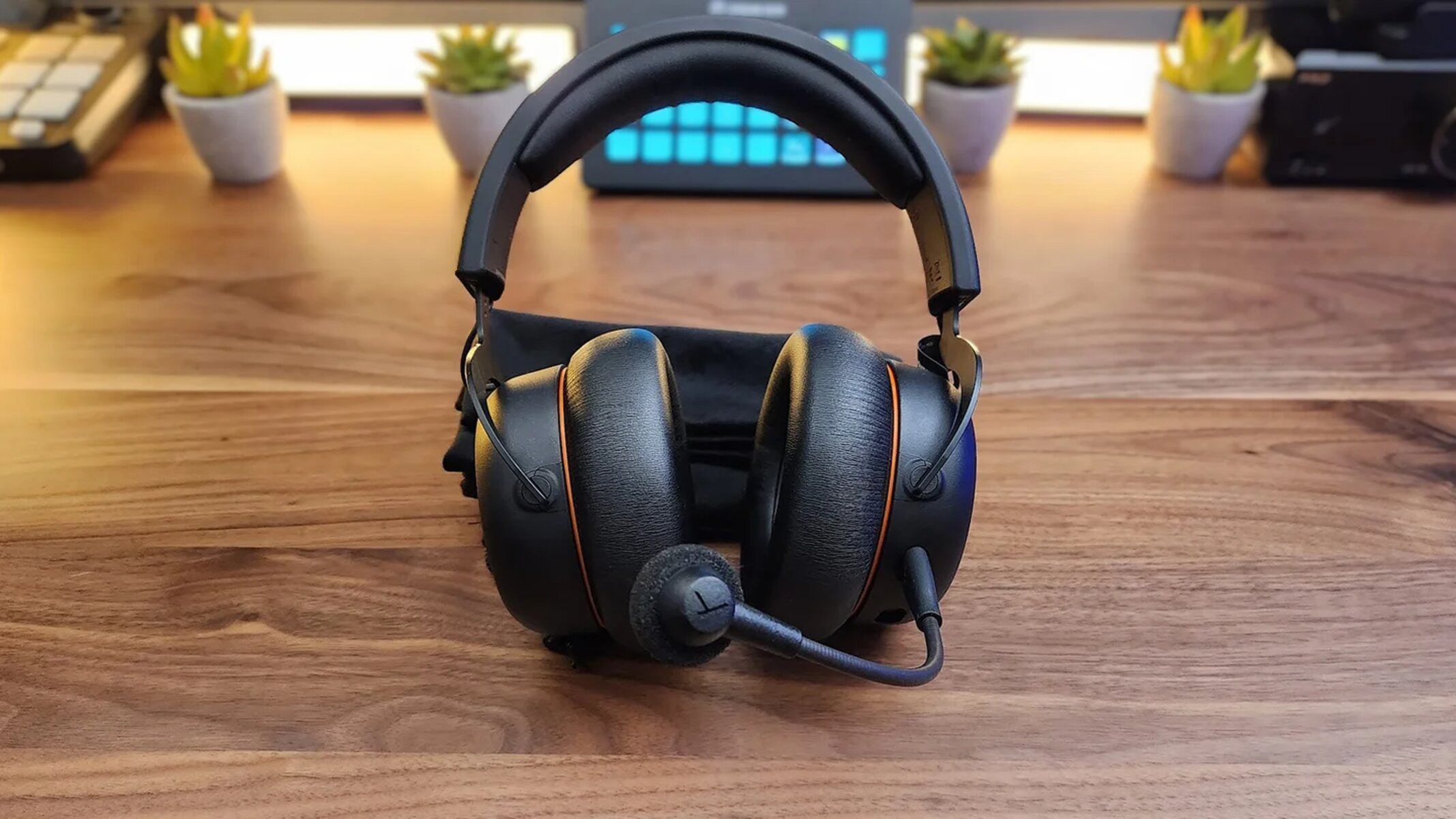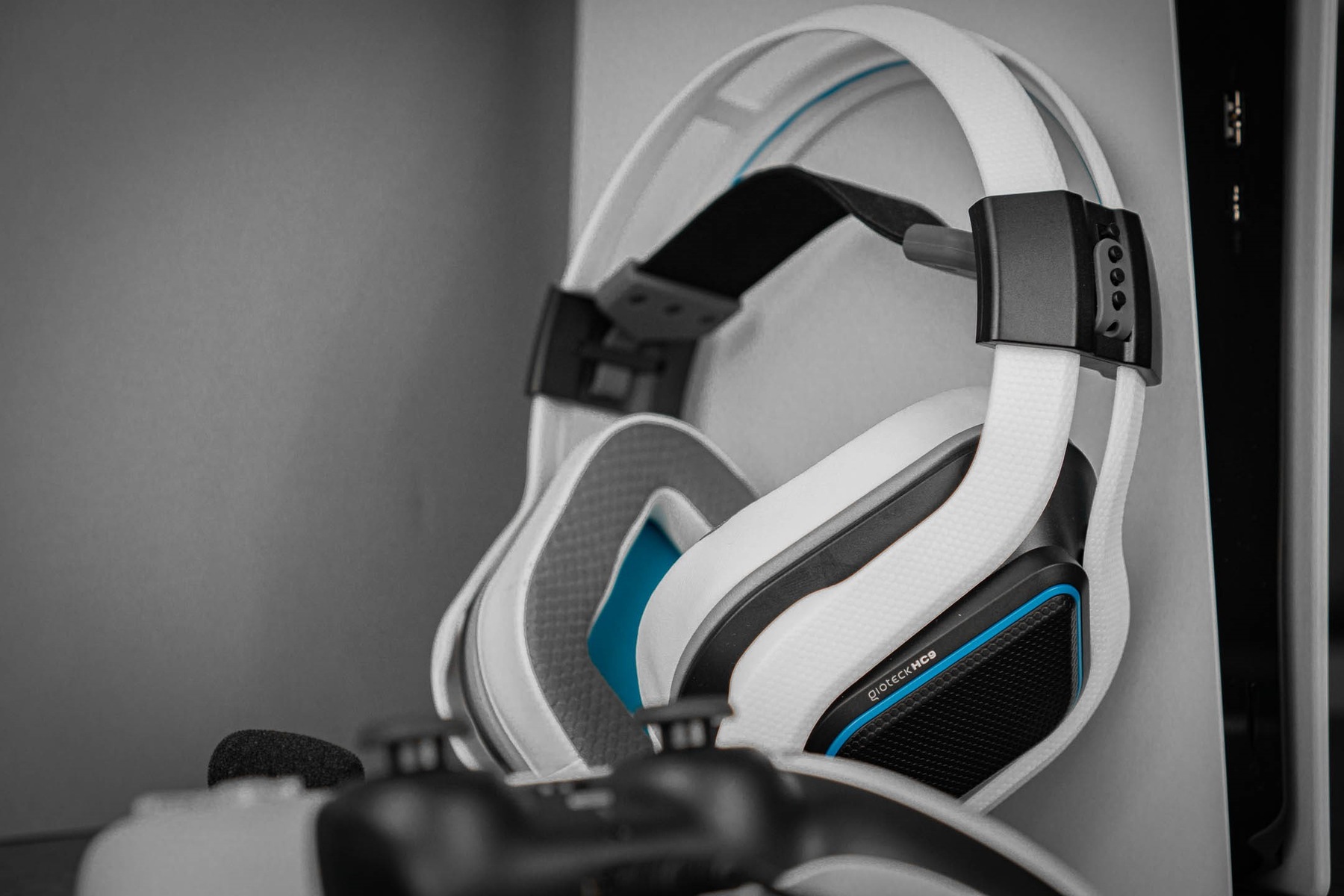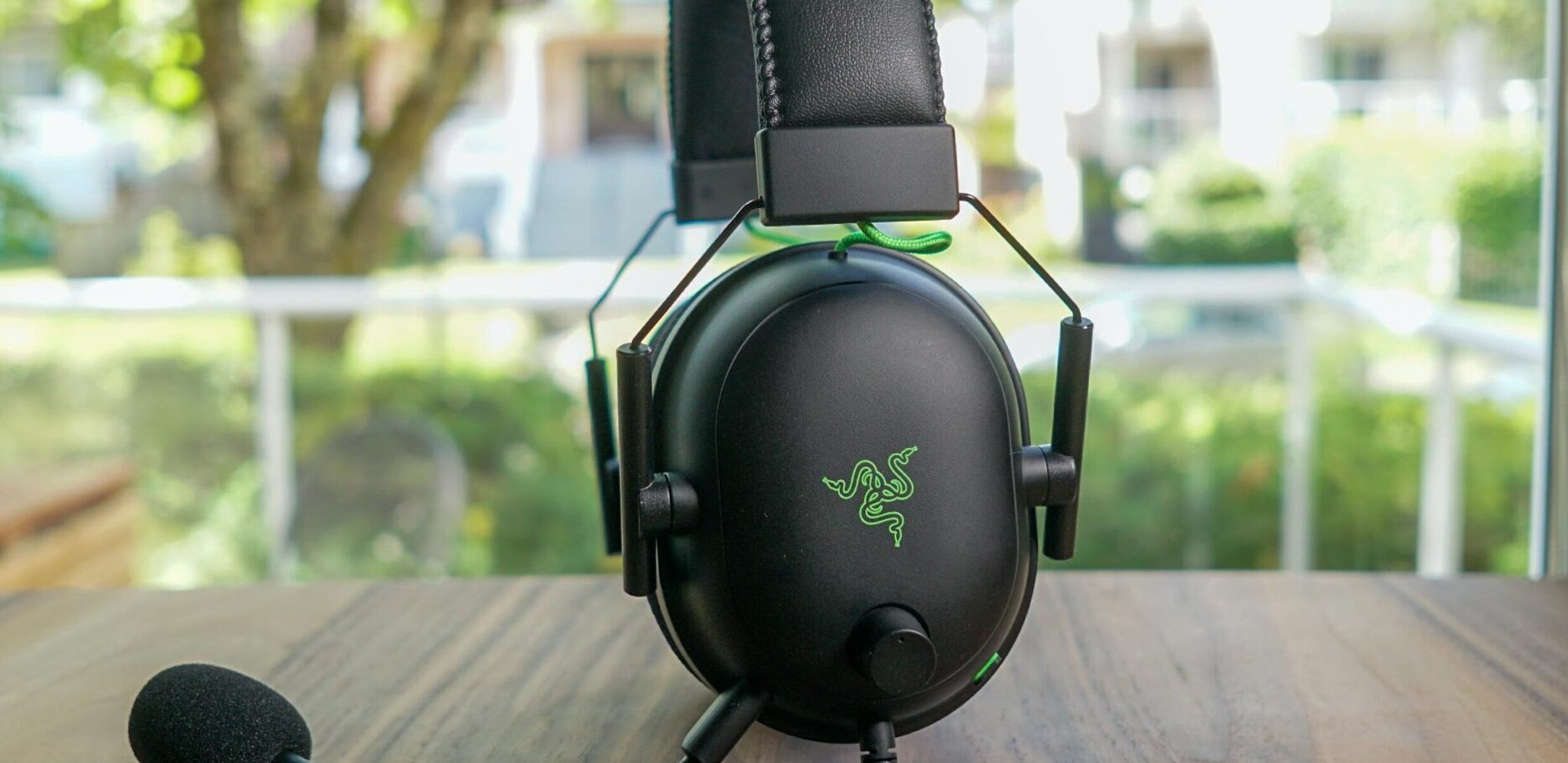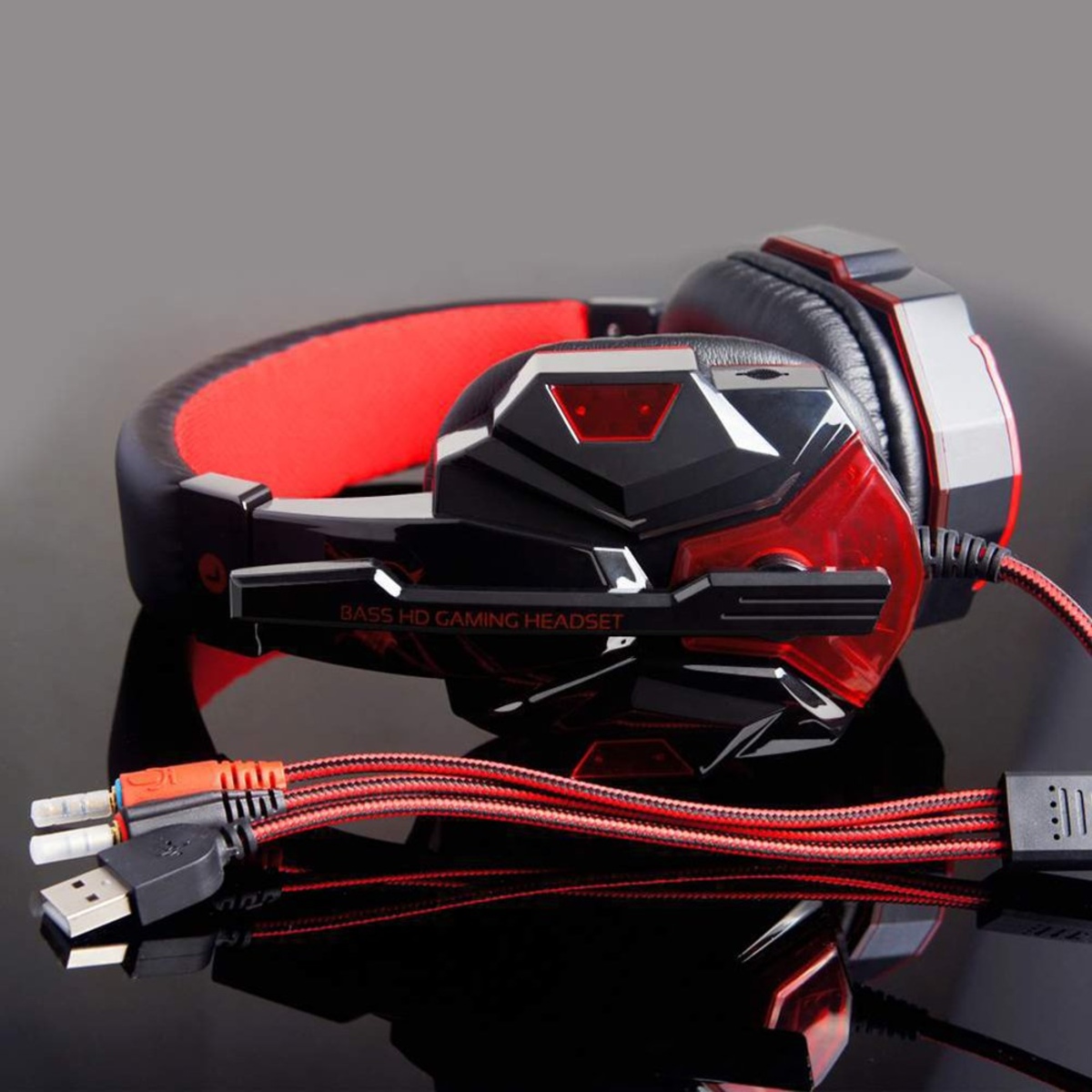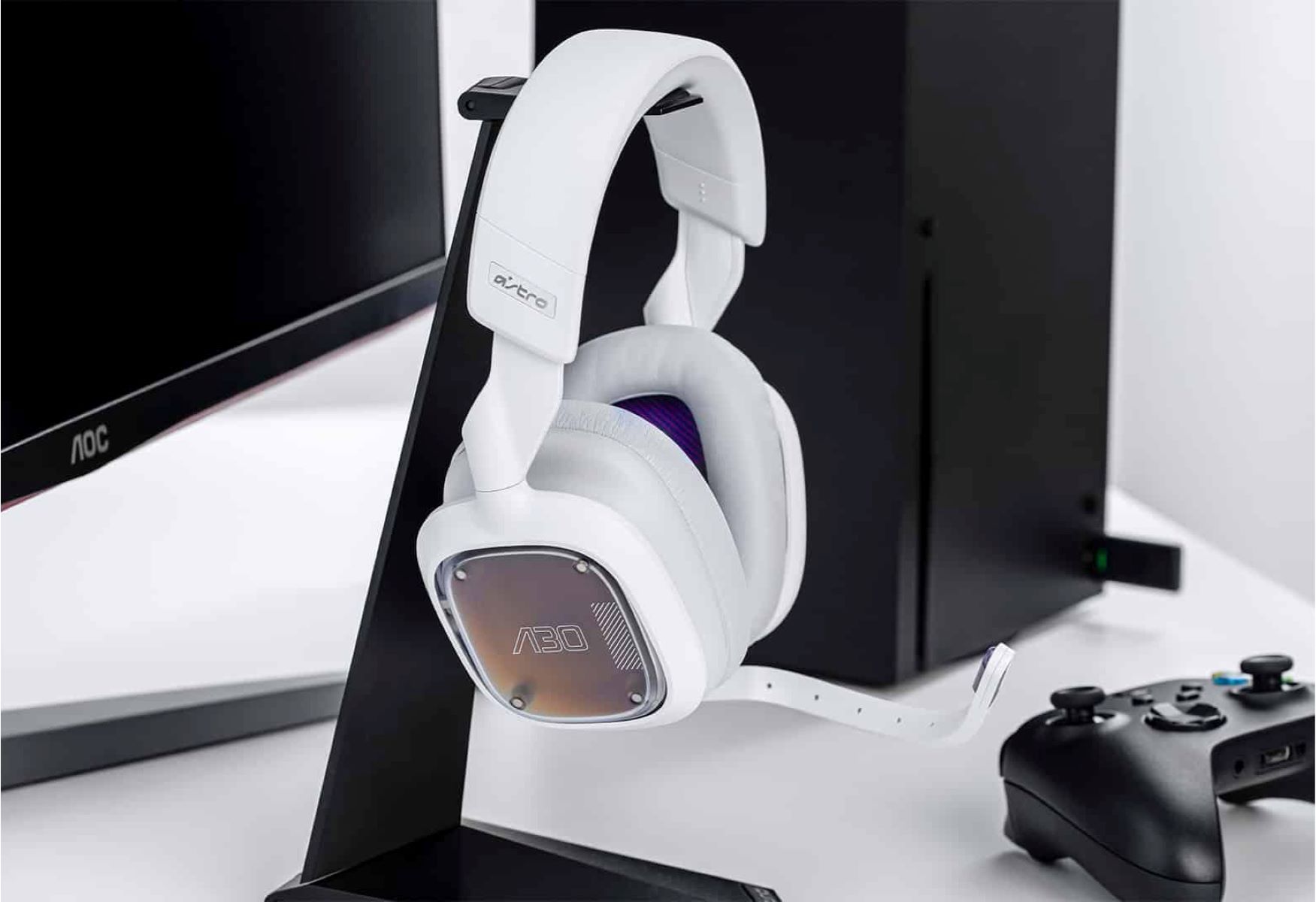Introduction
When it comes to gaming, a high-quality headset can make all the difference in your gaming experience. Whether you're immersing yourself in a virtual world, strategizing with your team, or simply enjoying the sounds of your gameplay, a reliable gaming headset is essential. However, with the plethora of options available on the market, it can be challenging to determine which headset is the best fit for your needs. This is where testing a gaming headset becomes crucial.
Testing a gaming headset allows you to evaluate various aspects such as sound quality, microphone performance, comfort, and compatibility with different devices. By conducting thorough tests, you can make an informed decision and ensure that the headset you choose enhances your gaming experience to the fullest.
In this comprehensive guide, we will delve into the essential steps for testing a gaming headset. From physical inspection to sound quality, microphone, comfort, and compatibility tests, we will provide you with the knowledge and tools necessary to assess a gaming headset effectively. So, whether you're a professional gamer, a casual player, or someone in between, this guide will equip you with the expertise to make the right choice when selecting a gaming headset. Let's dive into the world of headset testing and discover how to find the perfect gaming companion.
Physical Inspection
Before delving into the technical tests, it’s crucial to conduct a thorough physical inspection of the gaming headset. This initial assessment can reveal important details about the headset’s build quality, design, and overall durability.
Start by examining the exterior of the headset. Check for any visible damage, such as cracks or loose components. Inspect the headband, ear cups, and the connecting joints to ensure that they are sturdy and well-constructed. Pay attention to the materials used – high-quality headsets often feature durable yet lightweight materials such as aluminum or high-grade plastics.
Next, evaluate the comfort features of the headset. Assess the padding on the headband and ear cups to determine if they provide adequate cushioning for long gaming sessions. Adjustable headbands and swiveling ear cups are desirable features that contribute to a comfortable fit.
Furthermore, examine the cable and connectors for any signs of wear or fraying. A braided cable not only enhances durability but also prevents tangling, offering a practical advantage. Additionally, if the headset comes with in-line controls or a detachable microphone, inspect these components to ensure they are functional and well-designed.
Finally, consider the overall aesthetic appeal of the headset. While this may be subjective, a visually appealing design can enhance the gaming experience. Sleek, modern designs with customizable RGB lighting are popular choices among gamers who value aesthetics.
By conducting a comprehensive physical inspection, you can gain valuable insights into the build quality, comfort, and design of the gaming headset. This assessment sets the stage for the subsequent tests, ensuring that you consider both the functional and aesthetic aspects of the headset.
Sound Quality Test
Testing the sound quality of a gaming headset is a critical step in evaluating its performance. A superior sound experience can significantly enhance immersion and gameplay, making it essential to assess the headset’s audio capabilities thoroughly.
Begin by playing various types of audio content, including music, game soundtracks, and in-game effects. Pay attention to the headset’s ability to reproduce a wide range of frequencies, from deep bass to crisp highs. The sound should be well-balanced, with clear and distinct audio across the spectrum.
Next, evaluate the spatial sound performance. This is particularly important for gaming, as accurate spatial awareness can provide a competitive edge. Test the headset with games that feature directional audio cues, such as first-person shooters or open-world adventures. The ability to discern the direction and distance of in-game sounds can greatly enhance the overall gaming experience.
Furthermore, consider the noise isolation and leakage of the headset. Effective noise isolation ensures that external distractions are minimized, allowing you to focus on the game. Simultaneously, minimal sound leakage prevents audio from disturbing those around you, making it an important consideration, especially in shared environments.
Additionally, if the headset features virtual surround sound or other audio enhancement technologies, assess their effectiveness. These features can create a more immersive audio environment, adding depth and realism to the gaming experience.
By conducting a comprehensive sound quality test, you can ascertain the headset’s ability to deliver an immersive and accurate audio experience. The results of this test will provide valuable insights into the headset’s audio performance, guiding your decision-making process as you seek the perfect gaming headset.
Microphone Test
Assessing the microphone performance of a gaming headset is crucial, especially for gamers who engage in multiplayer communication or content creation. A high-quality microphone can facilitate clear and effective voice communication, contributing to a seamless gaming experience.
Begin the microphone test by recording your voice while speaking at varying volumes. This allows you to evaluate the microphone’s sensitivity and its ability to capture clear and natural vocal tones. Additionally, assess the microphone’s noise-canceling capabilities by recording in a moderately noisy environment and observing how well it filters out ambient sounds.
Next, test the microphone with voice communication applications commonly used in gaming, such as Discord or in-game chat systems. Engage in conversations with other users to gauge the clarity and fidelity of your voice transmission. Clear and intelligible communication is essential for teamwork and coordination in multiplayer games.
Consider the presence of any additional microphone features, such as adjustable boom arms or built-in pop filters. These elements can contribute to a more versatile and effective microphone setup, allowing for personalized adjustments to optimize voice capture.
Furthermore, evaluate the microphone’s compatibility with voice modulation and voice enhancement software, if applicable. Some gaming headsets offer features that allow users to modify their voice in real-time, adding a layer of fun and creativity to the gaming experience.
By thoroughly testing the microphone, you can determine its ability to deliver clear, natural, and noise-free voice transmission. A high-quality microphone enhances communication and ensures that your voice is accurately and effectively conveyed during gaming sessions and online interactions.
Comfort Test
Comfort is a pivotal aspect of a gaming headset, especially during prolonged gaming sessions. Evaluating the comfort level of a headset involves assessing its ergonomic design, weight distribution, and the materials used in its construction.
Commence the comfort test by wearing the headset for an extended period, simulating the conditions of a typical gaming session. Pay attention to the pressure exerted by the headband and ear cups. A well-designed headband distributes the weight of the headset evenly, preventing discomfort or pressure points on the crown of the head.
Assess the breathability and cushioning of the ear cups. Adequate padding and breathable materials can prevent heat buildup and discomfort around the ears, ensuring that you remain comfortable even during extended gameplay. Additionally, consider the size and shape of the ear cups, as they should encompass the ears without exerting excessive pressure.
Furthermore, evaluate the adjustability of the headset. The ability to customize the fit through adjustable headbands and swiveling ear cups is essential for accommodating various head sizes and shapes. A comfortable and secure fit contributes to an immersive gaming experience without causing strain or discomfort.
Consider the overall weight of the headset, as excessive weight can lead to fatigue during extended use. Lightweight yet durable materials are desirable, as they contribute to a comfortable and fatigue-free gaming experience.
Finally, assess the impact of the headset on glasses wearers. The design should accommodate the presence of spectacles without causing discomfort or pressure on the temples or ears, ensuring a comfortable fit for all users.
By conducting a comprehensive comfort test, you can ascertain the headset’s ability to provide a comfortable and ergonomic gaming experience. Comfort is a vital consideration that directly impacts your gaming enjoyment and overall well-being during extended gameplay sessions.
Compatibility Test
Ensuring that a gaming headset is compatible with a range of devices and platforms is essential for a seamless and versatile gaming experience. The compatibility test involves assessing the headset’s connectivity options, platform support, and additional features that enhance its adaptability.
Begin by testing the headset’s connectivity with various gaming platforms, including PC, gaming consoles, and mobile devices. Verify that the headset can be easily connected to these platforms via USB, audio jacks, or wireless connectivity options such as Bluetooth or proprietary wireless adapters.
Assess the compatibility of the headset with gaming consoles, ensuring that it is compatible with popular platforms such as PlayStation, Xbox, and Nintendo Switch. Compatibility with these consoles expands the versatility of the headset, allowing for consistent performance across different gaming ecosystems.
Furthermore, consider the compatibility of the headset with virtual reality (VR) systems, as many gamers seek immersive experiences in VR environments. Compatibility with VR headsets and accessories enhances the headset’s value by catering to the growing demand for VR gaming experiences.
Evaluate the compatibility of the headset’s accompanying software or control applications. Some gaming headsets offer companion software that provides additional features, such as customizable audio profiles, microphone settings, and equalization options. Compatibility with these software applications enhances the headset’s functionality and customization options.
Additionally, consider the compatibility of the headset with third-party accessories, such as headphone stands, cable management solutions, and audio interfaces. A headset that integrates seamlessly with a range of accessories offers added convenience and customization possibilities for the user.
By conducting a comprehensive compatibility test, you can ensure that the gaming headset seamlessly integrates with a variety of devices and platforms, maximizing its versatility and adaptability. A compatible headset provides the flexibility to transition between different gaming setups and environments, catering to the diverse needs of gamers.
Conclusion
Testing a gaming headset is a multi-faceted process that encompasses physical inspection, sound quality assessment, microphone testing, comfort evaluation, and compatibility verification. Each of these tests plays a crucial role in determining the overall performance and suitability of a gaming headset for different gaming scenarios and user preferences.
By conducting a thorough physical inspection, you can gain insights into the build quality, comfort features, and aesthetic appeal of the headset. This initial assessment sets the foundation for the subsequent tests, ensuring that you consider both the functional and ergonomic aspects of the headset.
Assessing the sound quality of a gaming headset is paramount, as it directly impacts the immersive and engaging nature of gaming experiences. Evaluating the headset’s ability to reproduce a wide range of frequencies, deliver spatial sound, and minimize noise leakage provides valuable insights into its audio performance.
The microphone test is essential for evaluating the headset’s communication capabilities. Clear and natural voice transmission, effective noise cancellation, and compatibility with voice modulation software are key factors to consider when assessing a gaming headset’s microphone performance.
Comfort is a critical consideration for gamers who engage in extended gaming sessions. The comfort test allows users to evaluate the headset’s ergonomic design, weight distribution, and adjustability, ensuring a comfortable and fatigue-free gaming experience.
Finally, the compatibility test ensures that the gaming headset seamlessly integrates with a variety of devices and platforms, offering versatility and adaptability for diverse gaming setups and environments.
By combining these comprehensive tests, gamers can make informed decisions when selecting a gaming headset that aligns with their preferences, gaming habits, and technical requirements. Whether seeking immersive audio, clear communication, ergonomic comfort, or versatile compatibility, the testing process equips users with the knowledge to find the perfect gaming companion.
Embracing the testing process empowers gamers to elevate their gaming experiences, communicate effectively with teammates, and immerse themselves in the captivating audio landscapes of their favorite games. With the insights gained from thorough testing, gamers can confidently select a gaming headset that enhances their gaming journey to the fullest.







